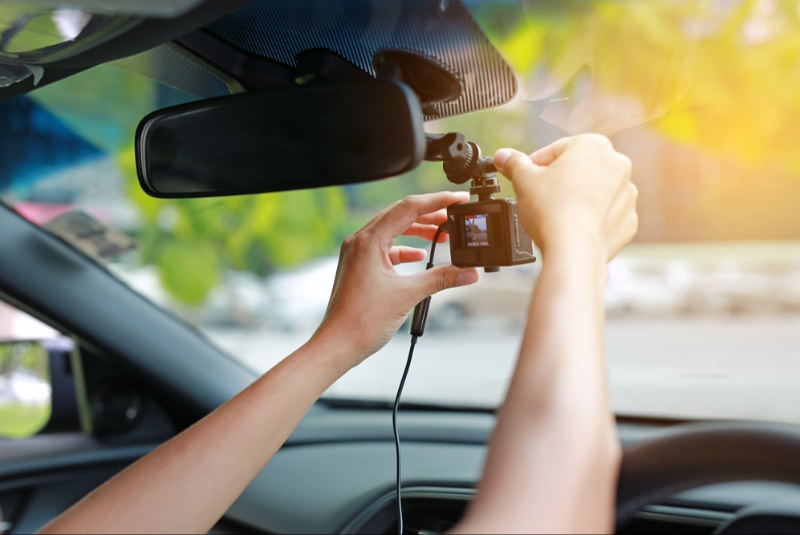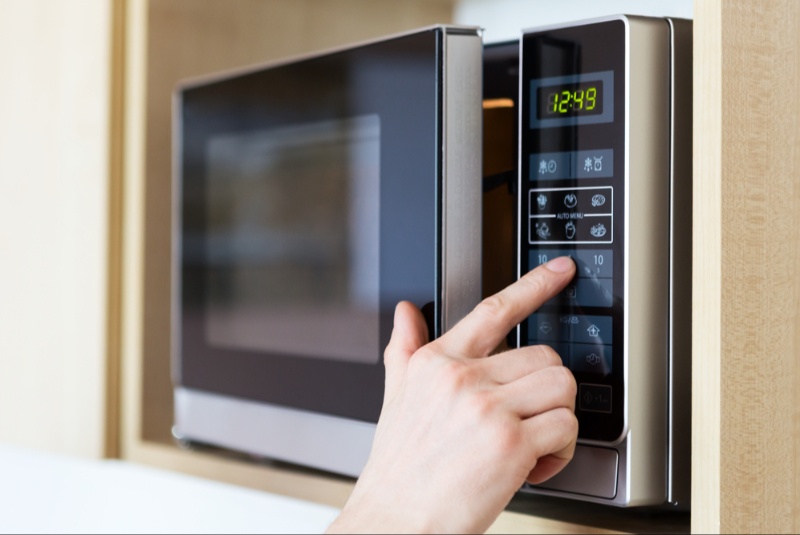In an era where road safety and accountability are more important than ever, dash cams have become essential for drivers. These compact devices offer peace of mind by recording your journeys, providing invaluable evidence in case of accidents, and even deterring fraudulent claims. This guide aims to help you make an informed decision when choosing the best car dash cam for your needs.
Understanding the Purpose of Dash Cams
A dash cam, or dashboard camera, is a small digital video recorder that mounts to your vehicle's dashboard or windshield. It continuously records the road while you drive. The primary purpose of a dash cam is to capture details of road incidents, which can be crucial in insurance claims and legal matters. Some advanced models also offer additional features like parking mode and driver assistance technologies.
Key Features to Look for in a Dash Cam
When selecting a dash cam, several key features should be considered. These include video quality, field of view, night vision capabilities, and storage capacity. Higher resolution cameras capture more detail, which can be vital for identifying license plates or other important information. A wider field of view covers more area around your vehicle, but be wary of too wide an angle, which can distort the image.
The Importance of Video Quality
High-definition (HD) video quality is crucial for a dash cam. Look for models that offer at least 1080p resolution. For even greater clarity, especially in low-light conditions, consider 4K resolution cameras, though they come at a higher price point. The frame rate is also important, with 30 frames per second (fps) being standard, but 60 fps offers smoother footage.
Evaluating Storage Options
Dash cams typically use microSD cards for storage. The capacity you'll need depends on the camera's resolution and how much you drive. Most dash cams loop record, meaning they overwrite the oldest footage when storage is full. However, in the event of an incident, these devices usually lock the current file to prevent deletion.
Understanding Night Vision Capabilities
Good night vision is essential for capturing clear footage in low-light conditions. Look for dash cams with advanced sensors and enhanced processing capabilities that provide better night vision. Some models feature Wide Dynamic Range (WDR) technology to balance the light and dark areas of the video.
Considering Parking Mode
Parking mode is a feature that allows the dash cam to record while your car is parked. This can be crucial for capturing hit-and-runs or vandalism when you're not around. Some models require a hardwire installation to use parking mode, so it’s important to consider the installation process and additional costs.

GPS and Wi-Fi Connectivity
GPS integration in a dash cam can provide additional data like your vehicle's speed and route history. Wi-Fi connectivity, on the other hand, allows you to easily transfer and view footage on your smartphone or tablet. These features add convenience and can be valuable in certain situations.
Battery Life and Power Sources
Consider the power source and battery life of the dash cam. Most models plug into the car’s cigarette lighter, but some have built-in batteries or capacitors. Capacitors are generally more durable and withstand extreme temperatures better than batteries, making them a good choice for harsh climates.
The Role of Design and Mounting Options
The design of the dash cam can affect your driving experience. Smaller, more discreet models are less intrusive and reduce the risk of obstructing your view. The type of mounting—adhesive or suction—also matters. Adhesive mounts are more permanent and stable, while suction mounts offer flexibility to move the camera between vehicles.
Ease of Use and Interface
A user-friendly interface is important for stress-free operation. Look for dash cams with intuitive controls and clear displays. Some models come with touchscreen interfaces for easier navigation, while others rely on buttons.
Assessing Advanced Driver Assistance Features
Many modern dash cams come equipped with advanced driver assistance systems (ADAS) features, such as lane departure warnings, forward collision warnings, and even pedestrian detection. These features use the dash cam's camera and onboard sensors to provide real-time alerts, enhancing driving safety. When considering a dash cam with ADAS capabilities, evaluate how these features integrate with your driving habits and environment. It's important to remember that while these features can augment safety, they are not substitutes for attentive driving.
Reliability and Brand Reputation
Research the reliability and customer reviews of different dash cam brands. Well-established brands often offer better quality, customer support, and warranty. Check for the warranty period and what it covers, as this can provide insight into the manufacturer’s confidence in their product.
Price and Budget Considerations
Dash cams come in a range of prices, from budget-friendly models to high-end devices with advanced features. Determine your budget and the features you need. While it's tempting to opt for cheaper models, investing in a reliable, high-quality dash cam can offer better long-term value and peace of mind.
Choosing the right dash cam involves balancing various factors, including video quality, storage capacity, night vision, additional features like GPS and Wi-Fi, design, and price. By considering your specific needs and doing thorough research, you can select a dash cam that enhances your driving experience and offers the security and convenience you need on the road.




